MACON STREET VS. CHARLIE CHAPLIN (1913)
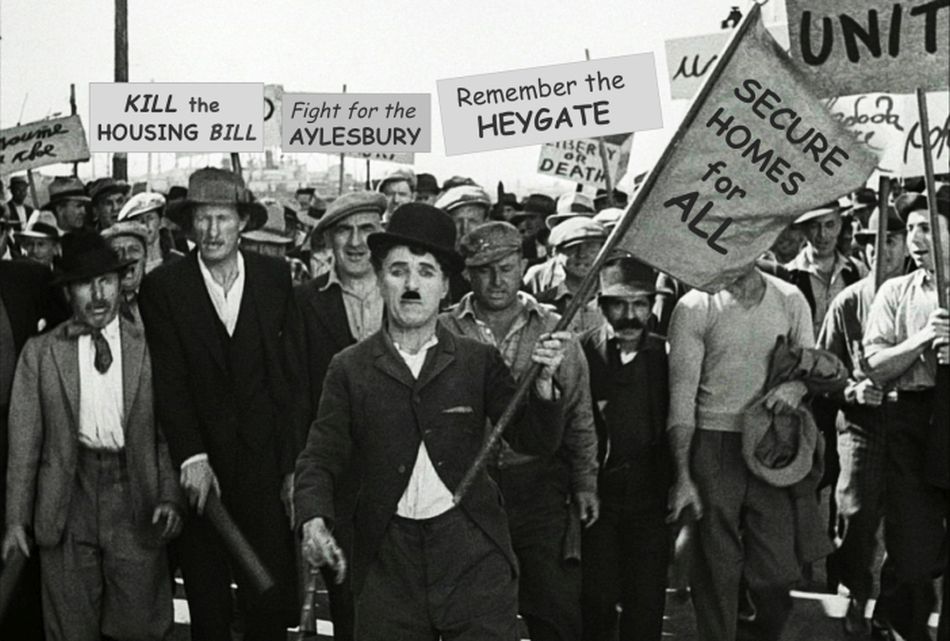
Brownstone Detectives investigates the history of our clients’ homes.
The story you are about to read was composed from research conducted in the course of one of those investigations.
Do you know the history of YOUR house?
********************************************************************************************************************************
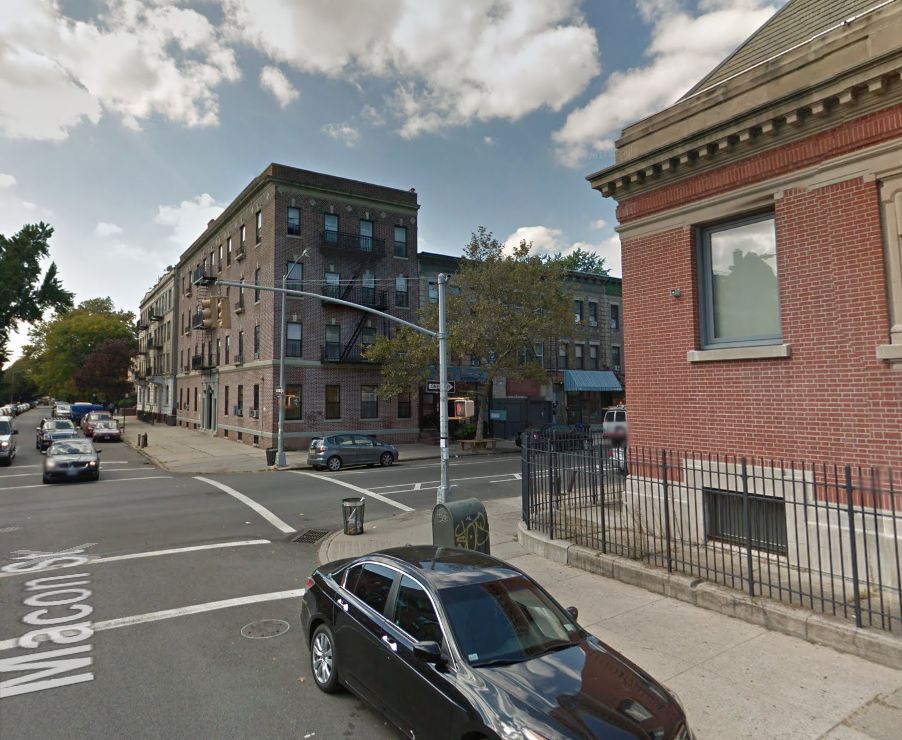
In 1913, “Charlie Chaplin” was set to hit Bed-Stuy – in a big way.
Let me explain.
The residents of Stuyvesant Heights – 100 years ago – were concerned about any proposed construction developments that might encroach upon the way of life to which they’d grown accustomed. New people were moving into the neighborhood, new businesses opening up, and the residents felt they were losing control of what was going on around them.
Specifically, they were justifiably troubled with the type of buildings the local developers might be planning to construct in their midst.
In 1913, it was the movie houses.
NOT IN MY BACKYARD!
The construction of a “moving picture show” on Macon Street (near Lewis Avenue), was so unpopular, in fact, that its residents would take drastic measures against the proposal to build one “directly opposite the Public Library in Lewis Avenue.”
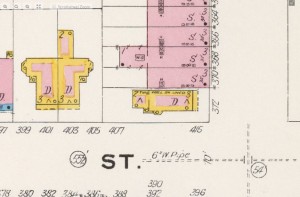
The new theater was to go up on the northwest corner of Macon Street and Lewis Avenue, where a 3-story wooden structure (with a 2-story addition at back) had existed since the last century.
Surrounded by their “fine residences,” the residents expected the lot to attract an establishment that would be more in keeping with the status of the neighborhood.
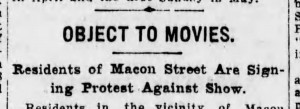
When residents discovered, though, that the owners of the lot had given an option on the property to someone planning a movie house for it, they knew they had to act.
A petition opposing the construction of a “moving picture show” went around, attracting numerous signatures and a good deal of support. Conditions were such that a mass meeting could be called on very short notice.
THE RESIDENTS SPEAK OUT
Mrs. H. L. Higgins, who had lived in the wooden structure at 401 Macon Street for many years, was particularly horrified at the proposal.

“This is a refined, quiet section, strictly residential, and the locating of a moving picture house in our midst would be deplorable,” she stated.
The drawer of the petition, attorney Thomas F. Flynn of 429 Macon Street, started the “vigorous campaign” against the “invasion of the proposed amusement resort.”
“We aim to proceed in such a manner that the person or persons back of the move to locate a moving picture theater in this high class residential section will know that no license for the place will be granted, and before a considerable sum of money has been expended,” Flynn warned.
STUYVESANT HEIGHTS RESIDENTS VICTORIOUS
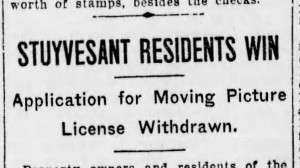
In the “vigorous and impressive” protest at Borough Hall which finally did occur, Lawyer Flynn invited the right people to speak.
“Nearly everyone prominent in political, legal, social and religious circles in the Stuyvesant Heights section was present.”
In a letter to the Brooklyn Daily Eagle after the meeting, Flynn noted that the Stuyvesant Heights residents had defeated the proposal, noting that “were it not for the publicity” that the the Brooklyn Daily Eagle provided to the residents “and our movement to keep our neighborhood clean, wholesome and highly residential as it has always been, we would surely have lost our battle for our rights, our desire to keep our property from depreciating in value and be just one more spot where the moving picture evil held full sway.”
The opposing attorney, Edward Lazansky, admitted defeat:
“We withdraw our request for a license, but, were if not for the articles in The Eagle, we might have still won our fight and placed our moving picture show on your corner, regardless of the wishes of the property owners and neighbors.”
(Somebody send that guy to charm school!)
———————————————————————————————————————–
 Brownstone Detectives is an historic property research agency. Our mission is to document and save the histories of our clients’ homes. From our research, we produce our celebrated House History Books and House History Reports. Contact us today to begin discovering the history of your home.
Brownstone Detectives is an historic property research agency. Our mission is to document and save the histories of our clients’ homes. From our research, we produce our celebrated House History Books and House History Reports. Contact us today to begin discovering the history of your home.